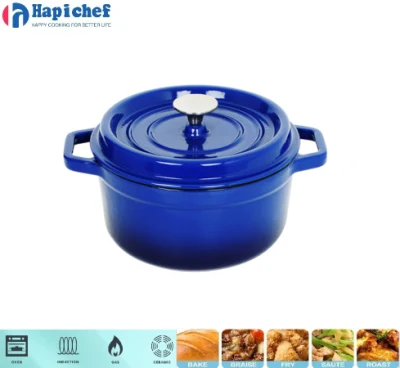Benefits of Using Cast Iron Frying Pans for Cooking Delicious Meals
The Timeless Appeal of Cast Iron Frying Pans
When it comes to cooking essentials, few items hold as cherished a place in kitchens around the world as the cast iron frying pan. Renowned for its durability, heat retention, and versatility, this kitchen staple has stood the test of time, becoming a favorite for both professional chefs and home cooks alike.
A Brief History of Cast Iron Cookware
The origins of cast iron cookware can be traced back to ancient China, where the material was first used in the production of various tools and cooking utensils. However, it was in the 18th century that cast iron frying pans began to gain popularity in Europe and later in America. As cooking techniques evolved and the demand for durable cookware increased, cast iron became the go-to material for frying pans.
One of the defining features of cast iron is its ability to retain heat. Unlike other materials, cast iron can maintain a consistent temperature for an extended period, making it ideal for searing meat, frying, and even baking. Whether you’re preparing a hearty breakfast of eggs and bacon or a classic cornbread for dinner, the even heat distribution ensures perfect results every time.
Versatility in the Kitchen
Cast iron frying pans are incredibly versatile. They can be used on various heat sources, including gas, electric, and even induction stovetops. Additionally, many cast iron pans are oven-safe, allowing for seamless transitions from stovetop to oven. This adaptability makes them suitable for a wide range of cooking methods, from frying and sautéing to baking and roasting.
For instance, a cast iron skillet can be used to create a delicious frittata on the stovetop before transitioning to the oven for a perfect finish. Likewise, it’s perfect for baking cornbread or deep-dish pizza, offering a deliciously crispy crust that is hard to replicate with other types of cookware.
The Art of Seasoning
frying pan iron cast

One of the unique aspects of cast iron frying pans is the necessity of seasoning them. Seasoning involves coating the pan with oil and heating it, creating a natural non-stick surface that improves with use. This process not only enhances the cooking performance of the pan but also protects it from rust and damage.
Many enthusiasts take pride in maintaining the seasoning of their cast iron pans, often passing them down through generations as family heirlooms. A well-seasoned frying pan can develop a rich, natural patina that adds character and depth to the cooking experience.
Health Benefits
Cooking with cast iron can also have health benefits. Unlike many non-stick cookware options, which can release harmful chemicals when heated, cast iron is completely non-toxic. In fact, cooking with cast iron can even increase dietary iron intake, which is particularly beneficial for those with iron deficiencies.
Caring for Your Cast Iron Frying Pan
Caring for a cast iron frying pan is relatively simple but requires some attention. After each use, it is essential to clean the pan properly, avoiding soap which can strip the seasoning. Instead, a gentle scrub with hot water and a brush or sponge is often all that’s needed. After cleaning, it’s important to dry the pan thoroughly and apply a light coat of oil to preserve its seasoning.
Conclusion
In conclusion, the cast iron frying pan is more than just a cooking tool; it is a symbol of culinary tradition and expertise. Whether you are an experienced chef or a novice home cook, investing in a quality cast iron frying pan will greatly enhance your cooking experience. With its exceptional heat retention, versatility, and longevity, a cast iron frying pan is truly an indispensable piece of cookware that will stand the test of time in any kitchen.
-
Revolutionary Cast Iron Griddles Redefine Outdoor CookingNewsMay.09,2025
-
The Ultimate Guide to Cast Iron BBQ GrillsNewsMay.09,2025
-
Revolutionize Your Kitchen with Premium Cast Iron Casserole CookwareNewsMay.09,2025
-
Premium Cast Iron Bakeware CollectionNewsMay.09,2025
-
Our Premium Cast Iron Skillets CollectionNewsMay.09,2025
-
Discover the Art of Cooking with Premium Cast Iron Dutch OvensNewsMay.09,2025
-
The Versatility of a Cast Iron CasseroleNewsApr.21,2025
